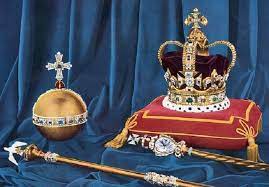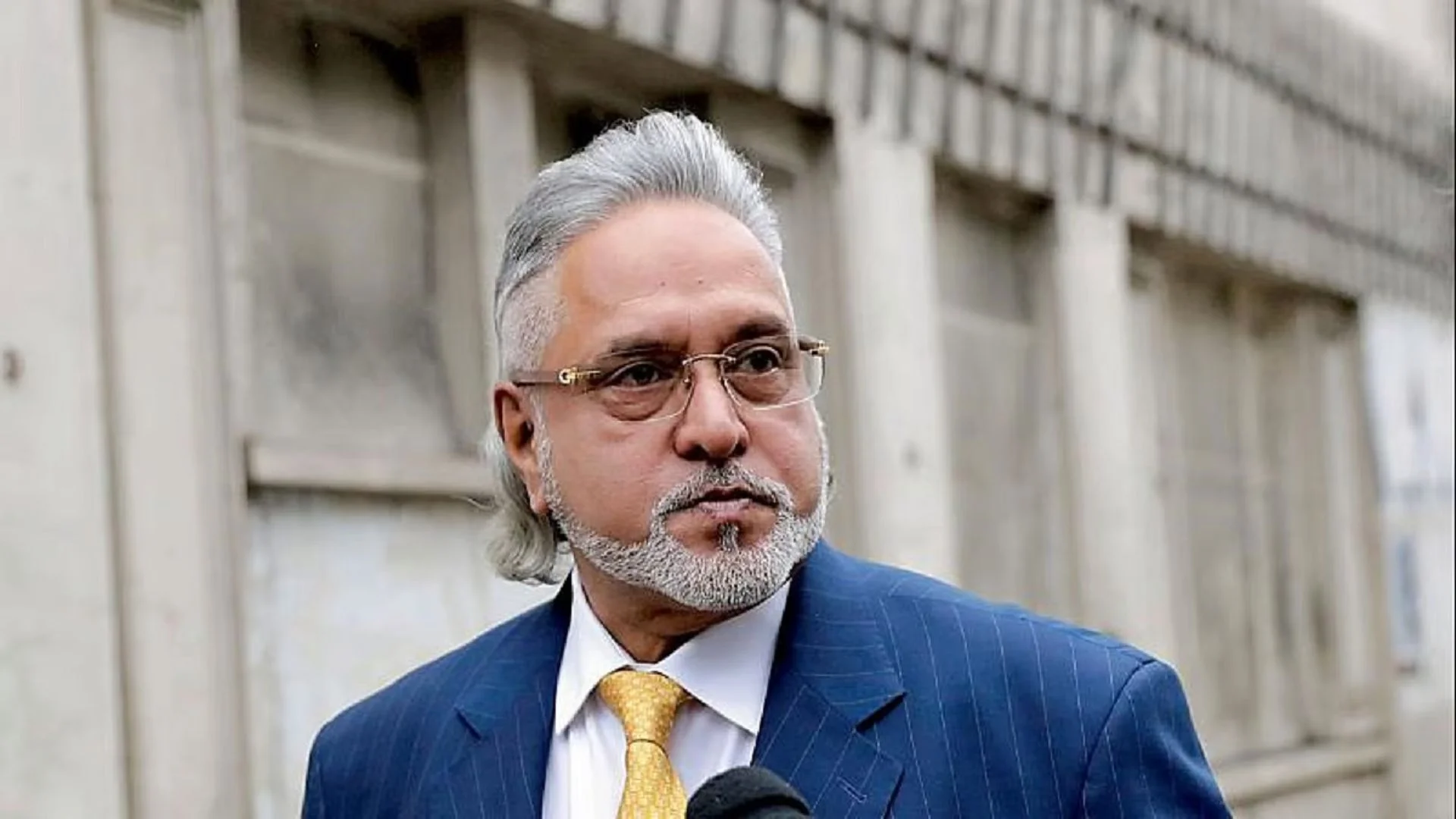Opera singer Pretty Yende and foreign minister Naledi Pandor were not the only South African presence at the coronation of King Charles III. Also there were the stones cut from the Cullinan diamond, the largest gem-quality rough diamond ever found.
The Cullinan, named after Thomas Cullinan, the chairman of the mining company that found it in South Africa, was mined in 1905 and was bought by the Transvaal colony’s government for presentation to King Edward VII in 1907. It was cut into nine stones and another 97 fragments. The largest of these, Cullinan 1, known as the Star of Africa, was set at the top of the sceptre presented to Charles during the coronation ceremony. Cullinan 2 is set in the front of the crown he wore. Other stones are in the possession of Britain’s royal family too or on display in the Tower of London. The coronation has led to renewed calls for the return of the stones to South Africa. These calls are part of the growing demands by former colonial people for the return of the cultural artefacts removed from their countries by colonial powers. What are the justifications for the return of the Cullinan diamonds? What are the complications? And what is the likelihood of return? Prior to the coronation, there were calls for the return of the diamonds to South Africa. The Economic Freedom Fighters, the country’s third largest political party, led in calling for them to come home. And so has African Transformation Movement’s member of parliament, Vuyolwethu Zungula. In similar fashion, Mothusi Kamanga, a Johannesburg lawyer and activist, promoted an online petition for the diamonds to be returned. It quickly attracted 8,000 signatures.
These demands fall under a much wider global conversation about reparations for items forcefully appropriated as spoils of war and cultural domination. Various items have been returned to their countries of origin by European universities, museums and other bodies which had acquired them over decades past. Activists view their moral case for the return of the diamonds as unanswerable, but it runs up against many complications. Let’s go back to 1907, when Louis Botha was prime minister of the Transvaal, one of the two Boer Republics which had been defeated by Britain in the South African War, 1899-1902, but to which “self-government” had now been returned. Botha now suggested buying the Cullinan diamond for Edward VII as a token of the loyalty of the people of the Transvaal to the king.
At face value, this is odd, because Botha had served as a Boer general in the South African War, which had culminated in Boer defeat, but only after a drawn out struggle which had left South Africa devastated. About 14,000 Boer troops had lost their lives, and some 28,000 Boer men, women and children died in concentration camps, incarcerated by the British to stop them from helping the Boer’s guerrilla forces.

















